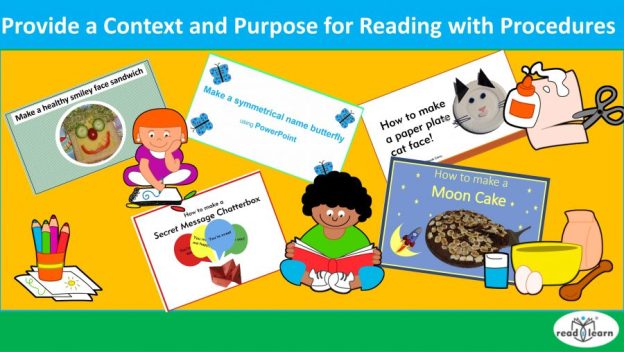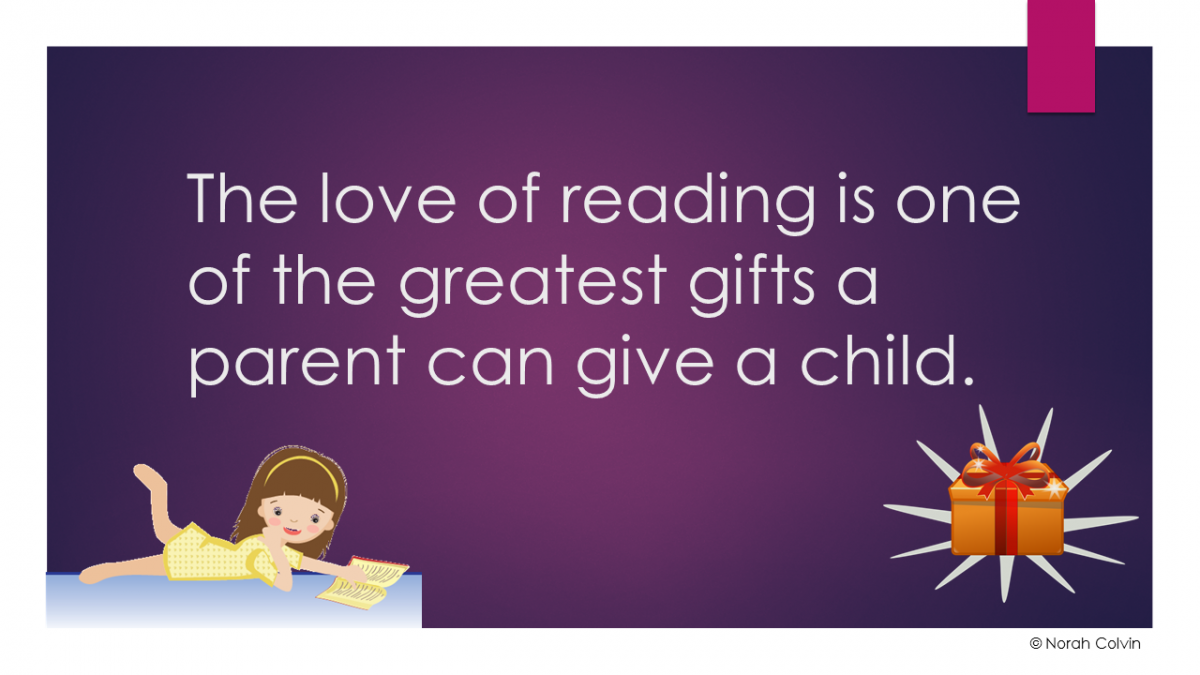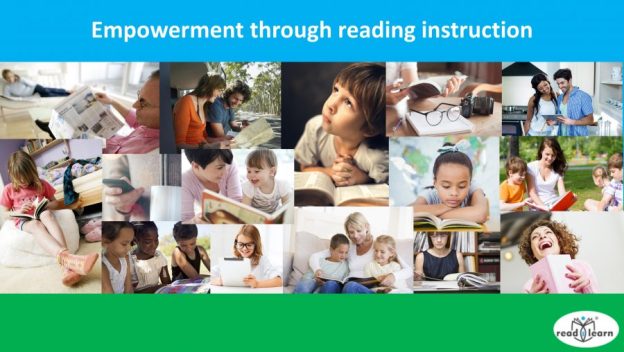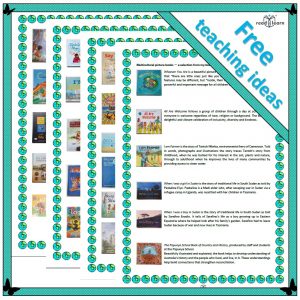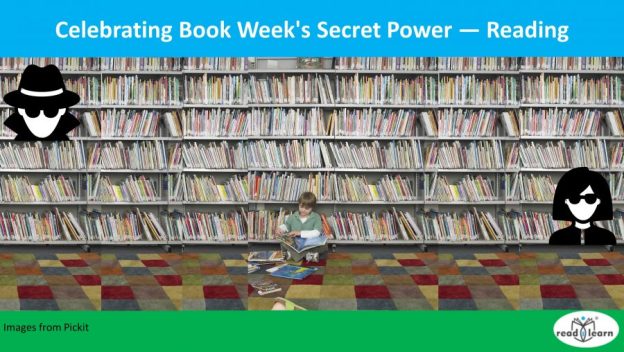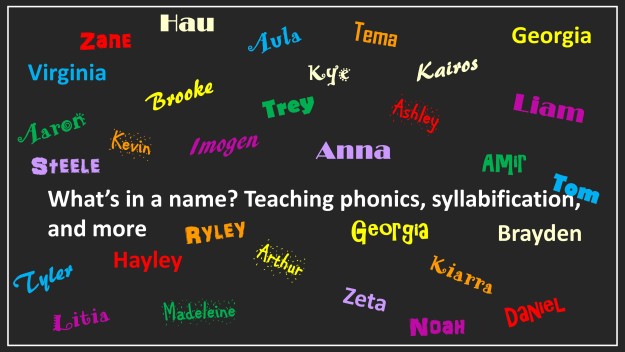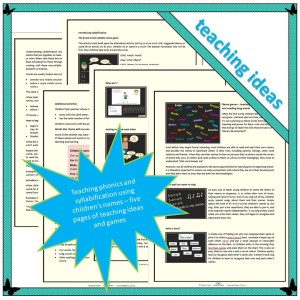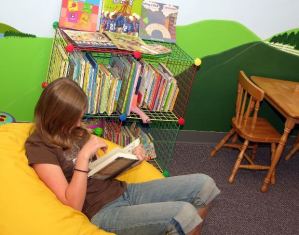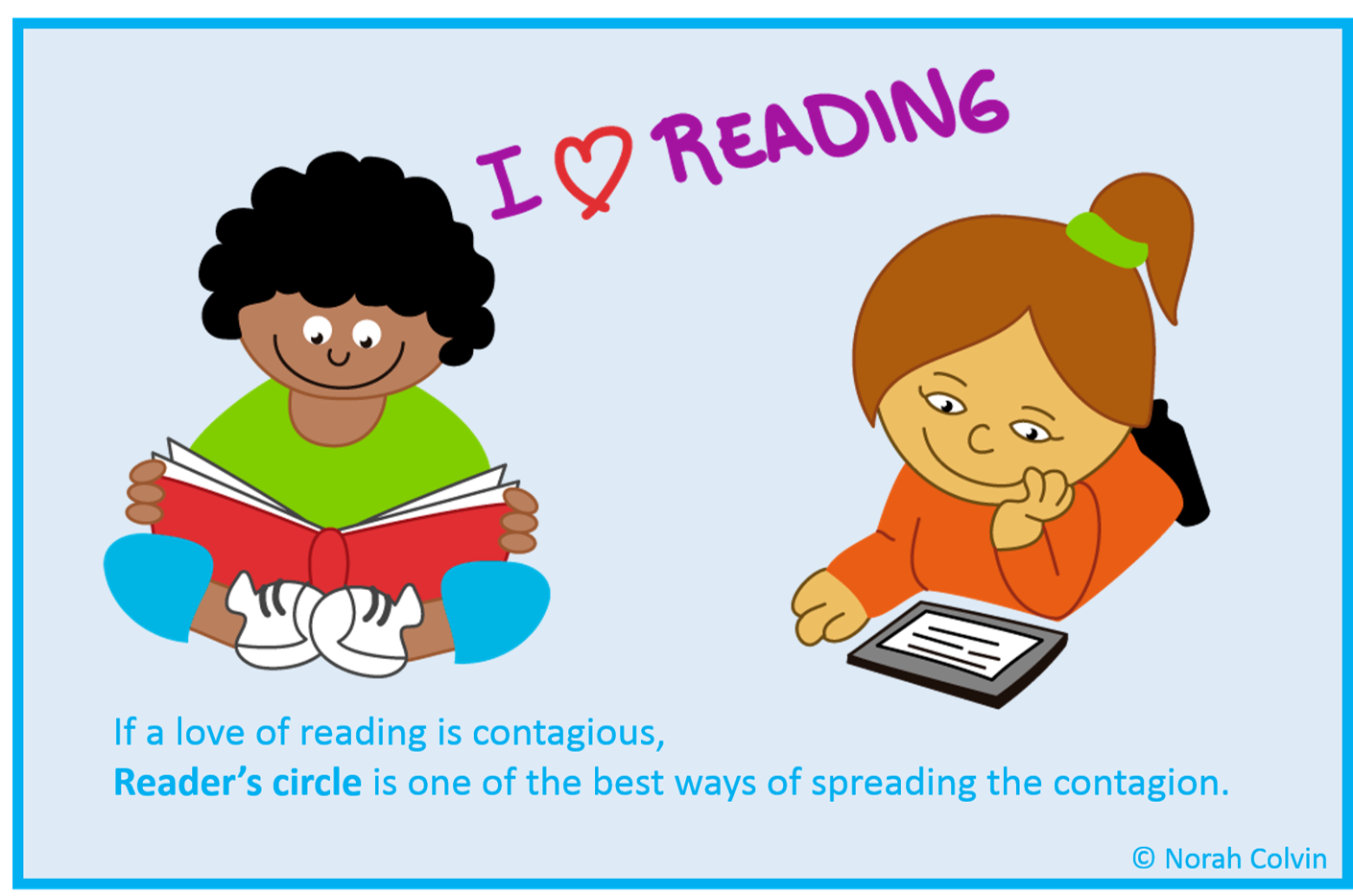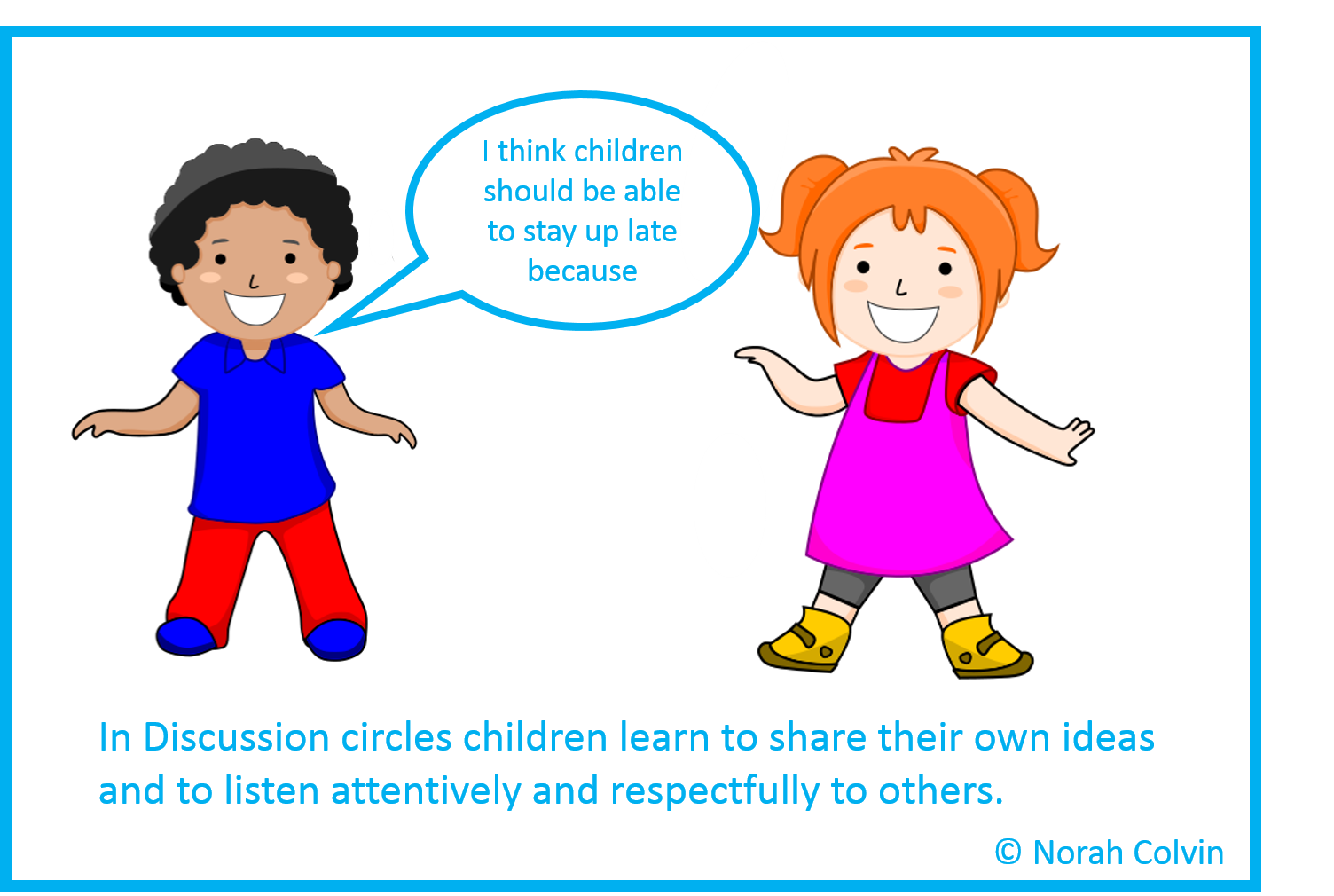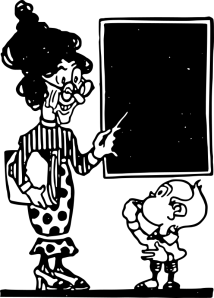The ability to read is empowering and a fundamental right. Sadly, many children leave school either unable to read or disinterested in reading. There are many reasons for this. Unfortunately, for many children, it is a learned disability. There are almost as many opinions about how how reading should be taught as there are people willing to give them. I don’t always agree with those opinions, but I do with this one by Misty Adoniou, which first appeared in The Conversation on June 21, 2016.

As always, thank your for reading. I appreciate your feedback. Please share your thoughts.
How should reading be taught in schools?
Misty Adoniou, University of Canberra
When my son was nine years old, he put aside the large Harry Potter novel he had been slowly, but enthusiastically, reading each evening and instead began ploughing through lots of fairly uninspiring books that he brought home from school each day.
It turned out the Year 4 teachers had devised a competition at his school – whichever class read the most books would be rewarded with an end of term pizza party.
The aim, I presume, was to motivate the children to read. It is ironic then that the effect was that my son stopped reading for pleasure and instead began reading for the numbers.
Reading is now increasingly being reduced to a numbers game in schools.
What level is your child at?
At pick up time, parents quiz each other about what reading level their child is on. Inside the school staff room, teachers are directed to have children on level 15, 20 or 30 by the end of the school year.
Six year olds are deciding whether they are good readers or not based on how many books they have ticked off on their take home reader sheet.
These levels are based on algorithms that calculate the ratio of syllables to sentences, or measure word frequency and sentence length.
The rationale is that these formulae can be applied to rank books on a scale of readability and thus guide teachers to match books with children’s reading ability.
There are two key problems with this numbers approach to reading. First, the algorithms are faulty. Second, publishers misuse them.
What makes a book hard or easy to read?
The missing variables in readability algorithms are the authors’ intentions, the readers’ motivations and the teachers’ instruction.
These are key omissions, and they seriously reduce the usability of the algorithms and the credibility of the reading levels they produce.
Fictional stories often use familiar and high frequency vocabulary, and many authors use relatively simple sentence structures.
However the use of literary tools like allegory and metaphor, along with challenging text themes, increases the difficulty of works of fiction in ways that are not captured in readability algorithms.
For example, readability formulae give Hemmingway’s “The Old Man and the Sea” a reading level suitable for primary school students. They may be able to decode the words on the page but comprehension of the book is less likely.
The same formulae may rank a non-fiction book on dinosaurs, for example, as only suitable for high school students because of its uncommon vocabulary, lengthy sentences and multi-syllabic words.
Yet a child’s interest and familiarity with the topic, or a teacher or parent’s support and instruction, can make that non-fiction book very readable for younger children.
Reading schemes
As readability formulae are not always a good fit for books, the solution has been, instead, to write books which fit the formulae. And publishers have been very keen to supply those books.
These are the books that our children take home each evening. They are written according to the numbers – numbers of high frequency words, numbers of syllables, numbers of words in a sentence.
What is missing in those books is author intention and craft, reader engagement and interest, and teacher support and instruction.
Essentially, then, what is missing in these books is the very essence of reading.
What books should children read?
We have been using the reading scheme system for decades and we still have children struggling to read.
When we use these quasi books to teach reading, we are not adequately preparing them for real reading.
These books, written to fit algorithms, don’t build broad vocabularies in our children. They don’t teach our children how to read complex sentence structures or deal with literary language or read between the lines. In many cases, they turn children off reading altogether.
Children learn to read by reading a book that is a little beyond what they can already read. The gap between what they can read and what they could read is reduced when the child:
- is highly motivated by the content of the book;
- has existing background knowledge about that content;
- is receiving good instruction from a teacher.
We don’t need books arranged in coloured boxes labelled with level numbers to teach a child to read.
Beautifully written pieces of children’s literature will do the job.
Books full of carefully crafted writing by authors whose intentions are to engage, entertain and inform.
Books that teachers can work with in the classroom showing how sounds work in words, and how words work in sentences to make us feel, see or think new things.
Beautiful books that parents can also buy and delight in reading with their children.
Why it matters
The way we teach children to read will fundamentally influence what they understand the purpose of reading to be.
When we teach children to read through schemes that tally their books, we teach them that reading is simply about quantity. If reading is about getting a reward of a pizza, then children are less likely to read for intrinsic rewards.
The claims made for well-written children’s literature are many and varied.
Reading books to your children brings you closer to them, can teach them philosophy and about world issues.
But they can do something else. They can teach our children to read.

Misty Adoniou, Associate Professor in Language, Literacy and TESL, University of Canberra
This article was originally published on The Conversation. Read the original article.

